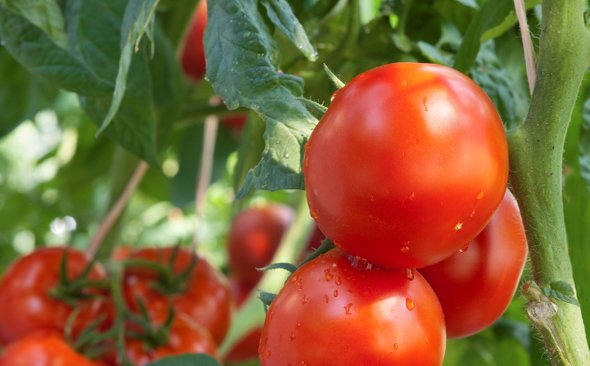Hi, I'm Scientific American podcast editor Steve Mirsky. And here's a short piece from the May 2018 issue of the magazine, in the section we call Advances: Dispatches from the Frontiers of Science, Technology and Medicine:
Watchful Plants by Erica Tennenhouse
Plants cannot run or hide, so they need other strategies to avoid being eaten. Some curl up their leaves; others churn out chemicals to make themselves taste bad if they sense animals drooling on them, chewing them up or laying eggs on them—all surefire signals of an attack. New research now shows that some flora can detect an herbivorous animal well before it launches an assault, letting a plant mount a preemptive defense that even works against other pest species.
Snail slime is a lubricating mucus the animals ooze as they slide along. When ecologist John Orrock of the University of Wisconsin–Madison squirted snail slime into soil, nearby tomato plants appeared to notice. They increased their levels of an enzyme called lipoxygenase, which is known to deter herbivores. Orrock says, "None of the plants were ever actually attacked. We just gave them cues that suggested an attack was coming, and that was enough to trigger big changes in their chemistry."
Initially Orrock found this defense worked against snails. In the latest study, his team measured the slimy warning's impact on another potential threat. The investigators found that hungry caterpillars, which usually gorge on tomato leaves, had no appetite for them after the plants were exposed to snail slime and activated their chemical resistance. This nonspecific defense may be a strategy that gets the plants more bang for their buck by further improving their overall odds of survival, says Orrock, who reported the results with his colleagues in the journal Oecologia.

The finding that a snail's approach can trigger a plant response that affects a different animal intrigued Richard Karban, a plant communications expert at the University of California, Davis. Karban was not involved in the study, but he said, "it is significant that the plants are responding before being damaged and that these cues are having such far-ranging effects." Karban wonders how the tomato plants detected chemicals in snail slime that never actually touched them.
Says Orrock, "That's the million-dollar question." He hopes future research will tease out the mechanisms that enable plants to perceive these relatively distant cues.
That was Watchful Plants by Erica Tennenhouse.












